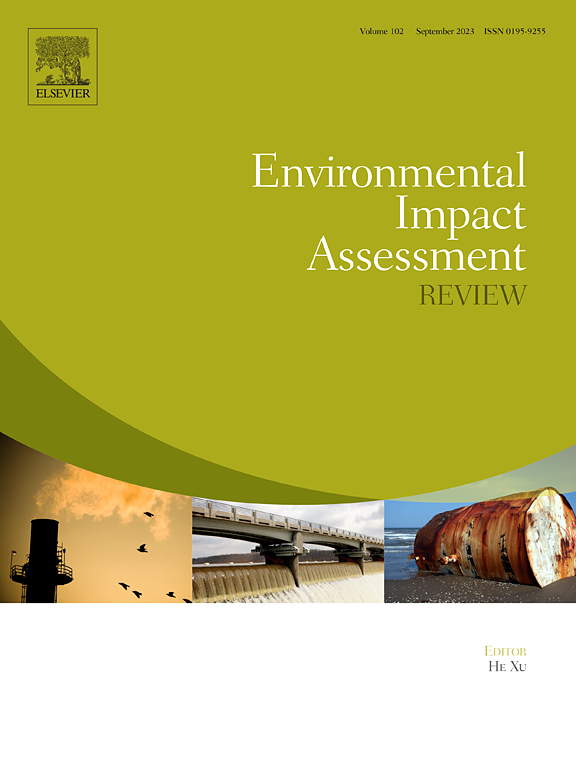Dynamic prediction of lifecycle carbon emissions in residential communities: Insights into the role of residential form
IF 9.8
1区 社会学
Q1 ENVIRONMENTAL STUDIES
引用次数: 0
Abstract
Low-carbon community development is essential to enhance the sustainability of cities and societies. Residential form plays an important role in the carbon emissions of communities. This study explores how residential form affects the life cycle carbon emissions of residential buildings with temporal variations. Four types of residential form indicators (layout, building height, spacing, and building orientation) were integrated to develop 81 residential community geometry models. Their operational energy was simulated using Rhino and Grasshopper software, and life cycle carbon emissions were calculated. Several dynamic factors over time, including climate change, building envelope aging, dynamic carbon emission factors, and recycling rate improvement, were incorporated into the calculation process. A residential community was taken as the case study to assess the relationship between residential form indicators and life cycle carbon emissions. The results showed that variations in residential form led to differences of up to 13.21 %. The total carbon emissions considering dynamic factors were 15.01 % averagely lower than the corresponding static values, underscoring the meaning of involving dynamic variations. This study provides a scientific basis for designing low-carbon communities and promoting sustainable urban development.
求助全文
约1分钟内获得全文
求助全文
来源期刊

Environmental Impact Assessment Review
ENVIRONMENTAL STUDIES-
CiteScore
12.60
自引率
10.10%
发文量
200
审稿时长
33 days
期刊介绍:
Environmental Impact Assessment Review is an interdisciplinary journal that serves a global audience of practitioners, policymakers, and academics involved in assessing the environmental impact of policies, projects, processes, and products. The journal focuses on innovative theory and practice in environmental impact assessment (EIA). Papers are expected to present innovative ideas, be topical, and coherent. The journal emphasizes concepts, methods, techniques, approaches, and systems related to EIA theory and practice.
 求助内容:
求助内容: 应助结果提醒方式:
应助结果提醒方式:


